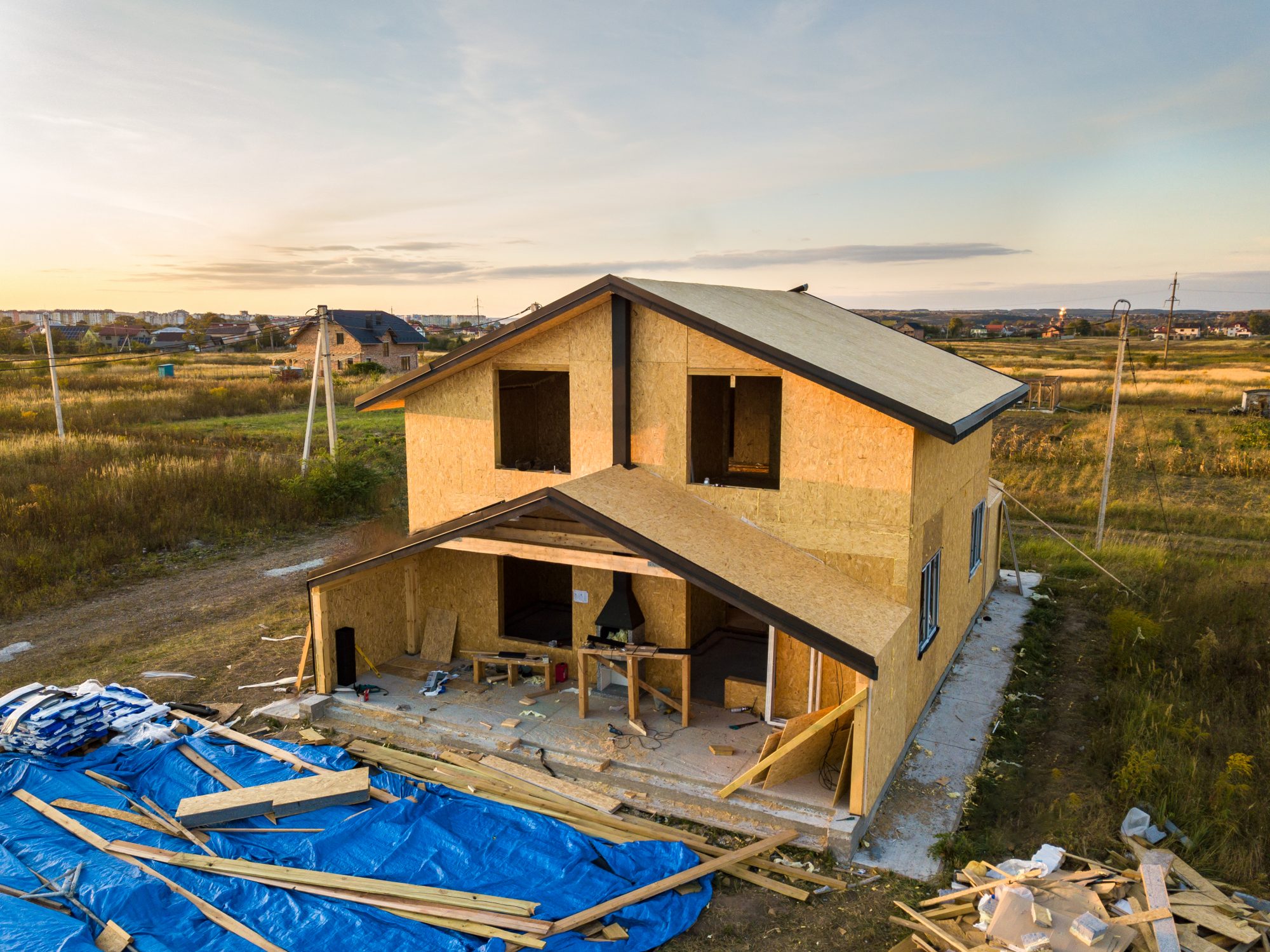Despite the know-how around modern construction methods, industry professionals are questioning why they aren’t used more widely when they clearly have so many advantages
Leading independent multidisciplinary engineering consultancy HDR recently lead a conversation on Modern Methods of Construction (MMC), with the discussion centering around the barriers preventing the Built Environment from advancing in this area.
The roundtable comprised a team of industry specialists; from HDR was director Richard Papworth, alongside Leigh Burnett, asset manager at Ergo Real Estate, Andrew Allbon, associate director at Concert, Mike Easton, director at Structure Tone, and Trevor Bonnage, operations director at Mace.
‘MMC can deliver on budget’
Among the issues discussed was the implication of cost. Richard Papworth set the tone for the discussion by saying that “it’s about changing people’s mindsets. Used in the right place, with the right projects, MMC can deliver on budget and programme.”
MMC can refer to a number of processes including volumetric or offsite manufacturing, the production of offsite panelised systems and offsite hybrid systems. Implemented in the right place during the most appropriate projects, they can deliver on budget and programme. It’s the initial perception of how much a bespoke built solution for a particular requirement is going to cost as you’re in effect paying for research and development at that point. But the end result could yield dividends far beyond the life of that particular project.
The watchword here is standardisation and to what extent the industry can start to accept this, while not losing that ability to create a building that is bespoke and special. It’s about getting the balance between 80% of the functionality from your standard details but then having the rest of the operation dealt with in a different, more customised way. And to that end, cost gradually becomes less of an issue as you build on economies of scale in manufacturing as you take away that initial learning curve. And if you can save money on the standardised sections of the build that then allows you to spend more on the remaining 20% part. After all, clients often want something that’s specific to them, that sells their brand or creates their environment,
What are the risks involved with MMC?
The issue with MMC becoming more mainstream is the perception of risk. But the reality is that there’s risk in a number of elements from the prototype being the finished design down to the availability of labour at the right site at the right time and whether people working there have the correct tools, even down to factors such as the weather hindering construction.
There needs to be an agent for change, whether that’s government legislation or proving to our peers in the construction sector the advantages of this way of doing things. There’s a change that is required from both sides of the construction table from the design team through to the contractors. Everyone needs to understand what the capacity for standardisation is and what the end scenarios are, plus the benefits. Hopefully, over the next few years, we will start to see more factories being established to enable MMC to become more available on a greater number of projects.
MMC can improve construction build times
MMC can achieve a greater speed of construction by delivering the product to the site in a more managed way that then requires fewer people to travel to the site to perform certain tasks because they will have been completed in the factory where the parts or modules have been prefabricated. And with the cost of materials going up, any efficiency gains have to be welcomed. Also, by being able to make modifications at the factory rather than leaving it till much later in the process on site, you should achieve a better quality end result as well.
The concept of MMC brings with it other benefits, among them a more sustainable approach to construction. If you create something in a factory, it’s going to be more design efficient and you can work with the various stakeholders towards zero carbon goals. Given the fact there are thousands of buildings in cities around the world that are decades old and may otherwise become obsolete, MMC can be a key part of retrofitting these structures, saving on embodied carbon and making them fit for purpose again. In essence, MMC can help drive a sustainable future and might be the deciding factor in whether this practice is more widely adopted.
MMC can address construction labour shortages
MMC may also help to address the labour and skills shortage in the construction sector. It could mean less labour is required on site if components are already manufactured off site. This requires a mindset change from the reliance on subcontracting and casual labour associated with the traditional methods of construction but would still need investment in training and development in the factories where modularised components are made. These employment opportunities may prove more attractive in terms of stability, better pay and conditions compared, not only to construction site work but also other growing sectors of employment such as online shopping fulfilment centres.
There are a number of reasons to continue the drive towards standardised products and modern methods of construction. It’s about everyone from the funder to the contractor becoming better educated. We’ve got to change mindsets.











![[VIDEO] Making DorTrak reports easy to read with Fireco Inspecting fire doors at Fireco, firedoor technology, 2023](https://www.pbctoday.co.uk/news/wp-content/uploads/2024/04/JPZ_2364-web-218x150.jpg)
![[VIDEO] Re-flow Field Management review by Traffic Management Installations When TMI began subcontracting for councils and government bodies, they wanted to present their site reporting in a more professional manner](https://www.pbctoday.co.uk/news/wp-content/uploads/2025/03/TMI-Media-1-218x150.png)

